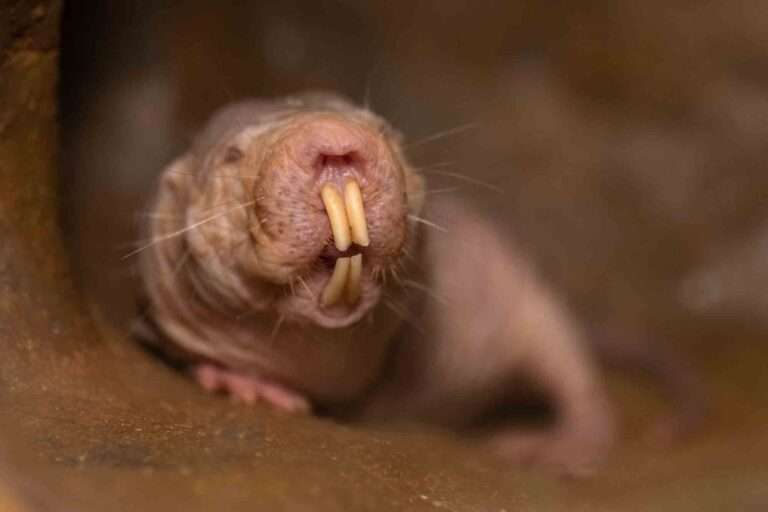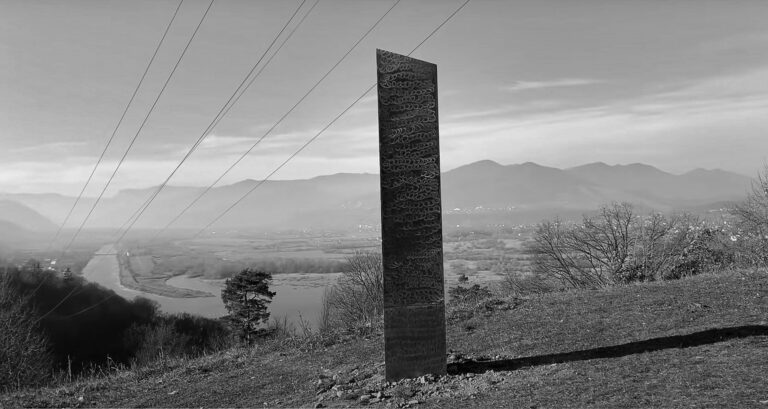A tomb believed to be over 2,600 years old belonging to a royal member of the Xirong civilisation has been discovered in China alongside the remains of five human sacrifices.
The tomb, which was unearthed at Xuyang Cemetery in the city of Luoyang in China’s Henan Province, is considered to be of great archaeological significance.
The Xirong people came from the Chinese north-west to populate central China during the so-called Spring and Autumn Period which lasted from around 771 to 476 BC.
Bronze bells and jade rings and ornaments were just some of the objects discovered in the tomb, which is thought to contain the mortal remains of an important royal or nobleman.
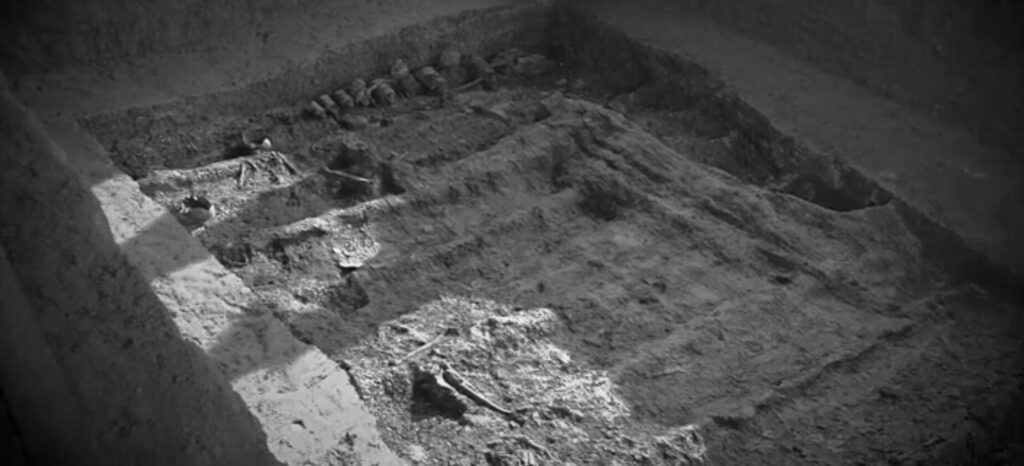
The discovery in the Xuyang Cemetery of Yichuan, Luoyang 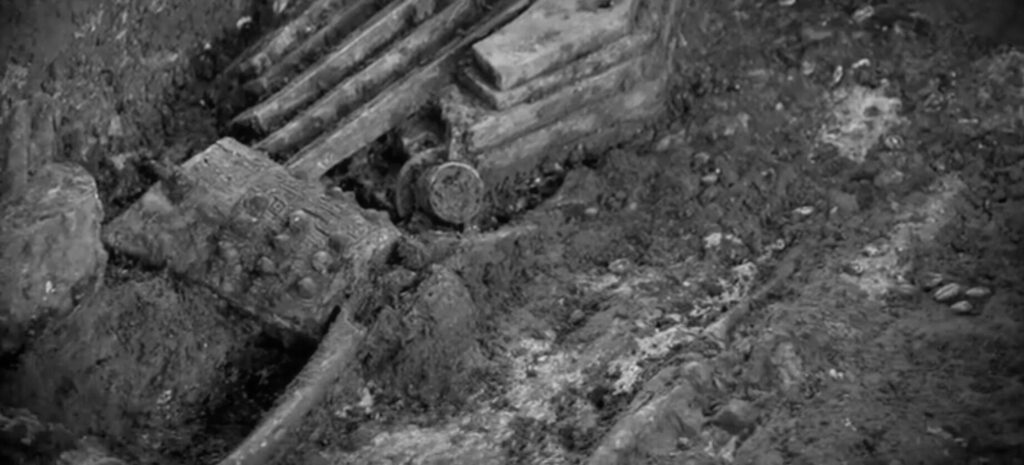
The discovery in the Xuyang Cemetery of Yichuan, Luoyang
The burial of horses and other animals at the site also supports the hypothesis.
Five skeletons belonging to a male and four females, all around 30 years old, were also unearthed in the tomb.
They are believed to have been buried alive alongside the deceased nobleman as a human sacrifice.
This is a potentially significant find as some expert believed the inhuman practice had ceased during this time period.
Reports said this is the first time that Xirong remains have been found within the Central Plain region of China.
The archaeological dig at the cemetery began in 2013 and 150 tombs have been excavated so far.

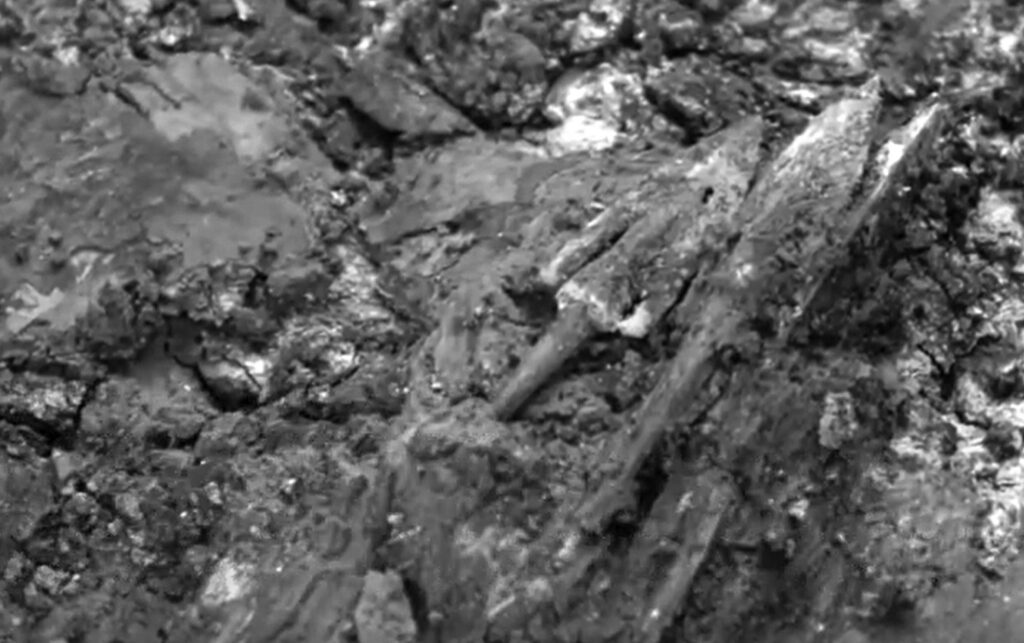
The discovery in the Xuyang Cemetery of Yichuan, Luoyang 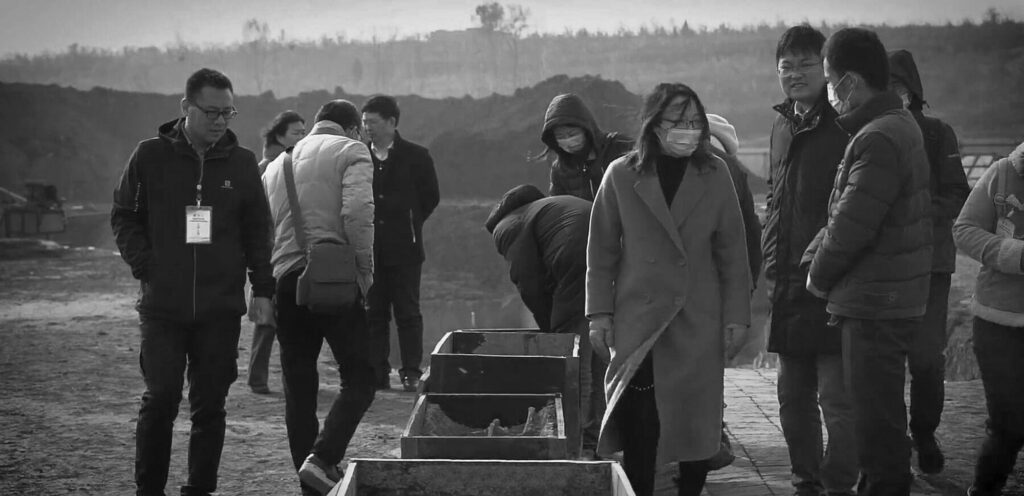
At the discovery site
To find out more about the author, editor or agency that supplied this story – please click below.
Story By: Wu Juan, Sub-Editor: Marija Stojkoska, Agency: Newsflash
The Ananova page is created by and dedicated to professional, independent freelance journalists. It is a place for us to showcase our work. When our news is sold to our media partners, we will include the link here.


